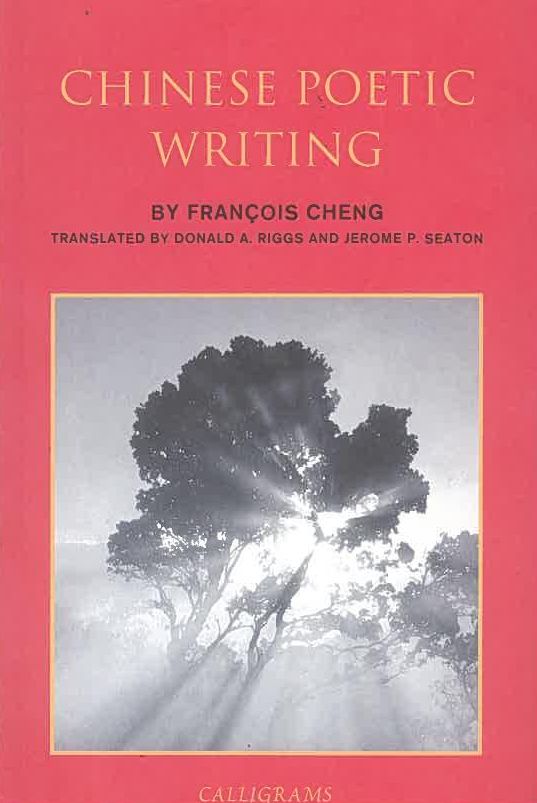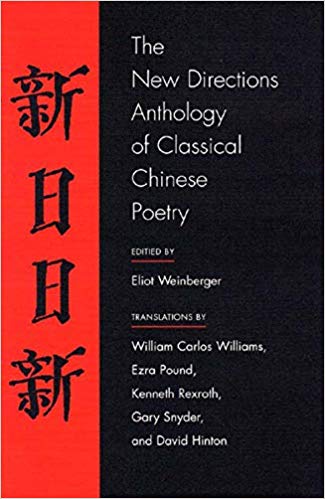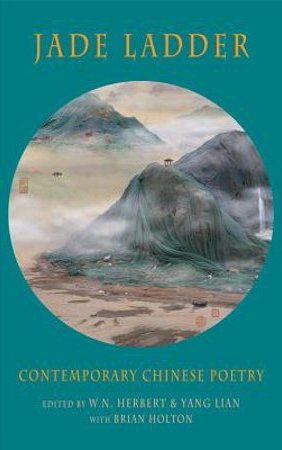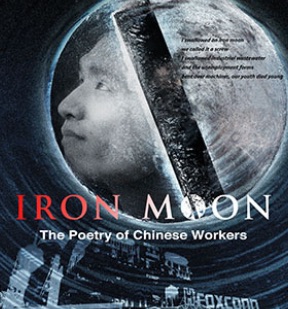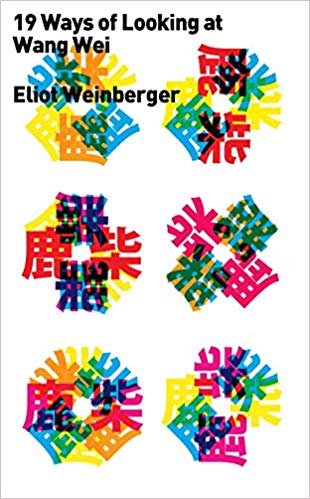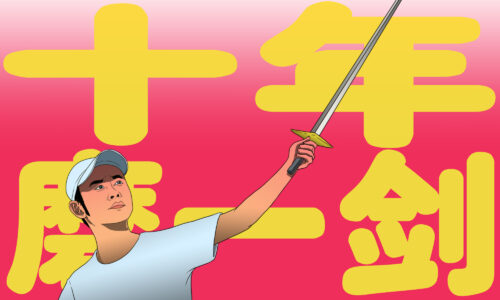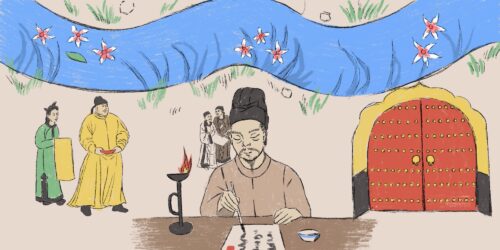An introduction to Chinese poetry in translation: Five anthologies
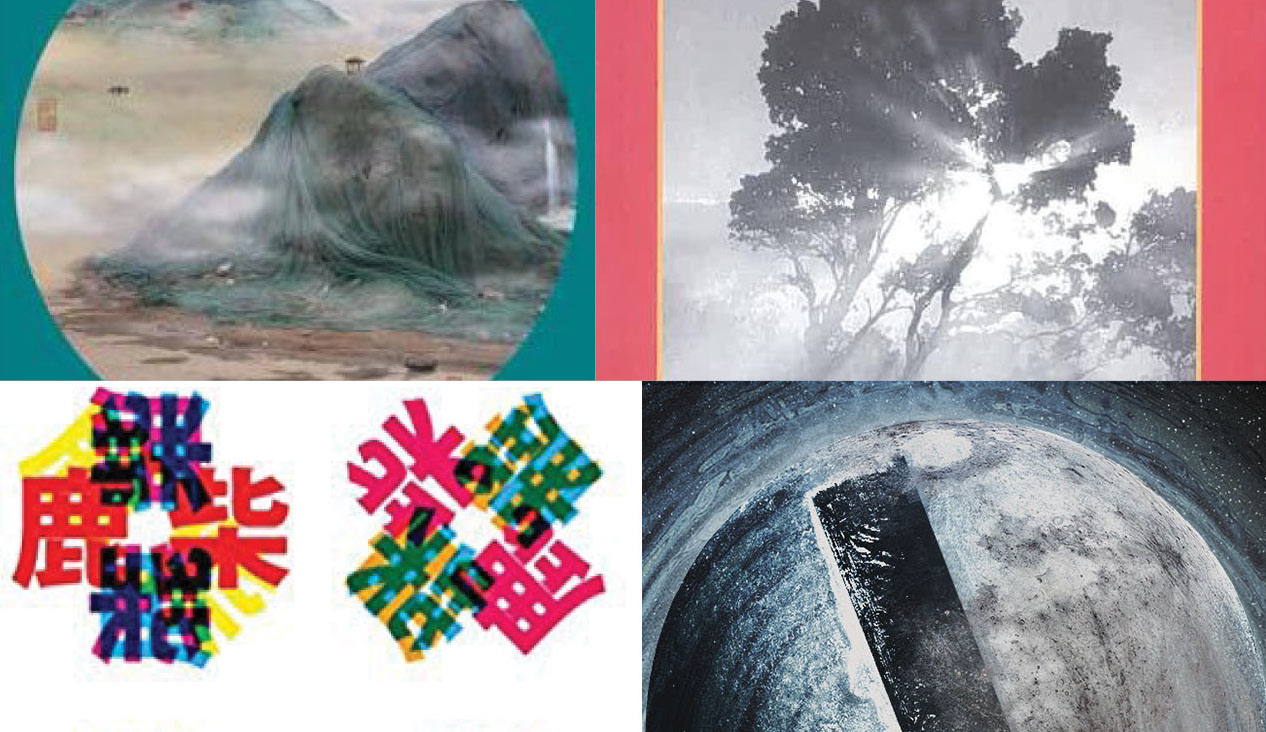
April is National Poetry Month, and we’re celebrating with a series of articles that looks at Chinese poetry, both past and present. We’ve featured poets across all eras, from Li Bai of the Tang Dynasty to Xiao Hong of the 1930s to Zheng Xiaoqiong of present-day. Today we have recommendations that also stretch across the eras: anthologies of Chinese poetry that are excellent starting points for the curious reader.
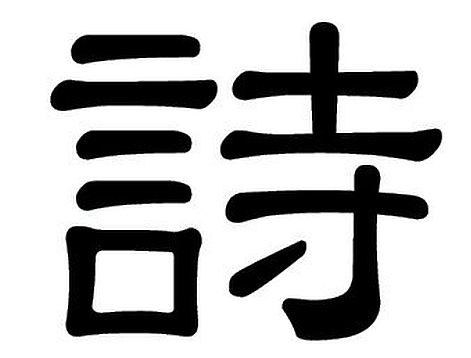
1. For an understanding of classical poetry
Chinese Poetic Writing by François Cheng (translated by Donald A. Riggs & Jerome P. Seaton)
The first half of this book (translated from the French) comprises a detailed explanation of classical Chinese poetry, which cites it in the wider context of Chinese culture (calligraphy, painting, music, religion), outlines some of its distinctive features (the elision of personal pronouns, the ambiguity of time, the mechanics of rhyme and cadence), and unpacks recurring symbols and metaphors. Densely informative but accessible to a non-specialist, this overview is paired with translations of 135 Tang poems (presented alongside the original texts) in the second half of the book.
See also: Classical Chinese Poetry: An Anthology (edited and translation by David Hinton). A hefty volume that ranges across 3,000 years of poetic history, from ancient oral traditions to the Song Dynasty.

2. For a bridge between between the classics and the modern world
The New Directions Anthology of Classical Chinese Poetry (edited by Eliot Weinberger)
The poems in this collection are divided between three eras (pre-Tang, Tang, and Song), and the more famous poets (such as Li Bai, Du Fu, Wang Wei) mingle with lesser-known names. But the other focus of this book is the impact of classical Chinese poetry on modernist literature. “It was a poetry,” Weinberger explains in his introduction “that made no distinctions about what was suitable for poetry, and one where it was already assumed that so much depended upon a red wheelbarrow.” Translations by William Carlos William are included here, along with the poems of Ezra Pound’s Cathay and his version of Ernest Fenollosa’s “The Chinese Written Character as a Medium for Poetry” — one of the texts that catalyzed the imagist movement.
See also: Finding Them Gone: Visiting China’s Poets of the Past by Bill Porter (a.k.a. Red Pine). Bill Porter’s account of a journey around China, punctuated by libations of bourbon poured out to the poets of the past, is accompanied by his own translations of their work.

3. For an overview of contemporary poetry
Jade Ladder: Contemporary Chinese Poetry (edited by W.N. Herbert & Yang Lian)
Many of the evocatively-named schools of contemporary poetry (Misty, Post-Misty, Root-Seeking) are represented in this comprehensive sampler, but the poems are divided into more accessible categories (lyric, narrative, experimental), each of which is accompanied by a short introductory essay from Qin Xiaoyu. The breadth of Jade Ladder’s scope leaves room for only a handful of works by each poet, but this is an ideal starting point for gaining a sense of the developments in Chinese poetry over the last 50 years.
See also: Chinese Poetry in Times of Mind, Mayhem and Money by Maghiel van Crevel. Currently available as a free PDF download, van Crevel dedicates chapters to poets including Hai Zi, Xi Chuan, and Yu Jian, placing them in the cultural context of their times.

4. For a perspective on poetry from the margins
Iron Moon: An Anthology of Chinese Worker Poetry (edited by Qin Xiaoyu and translated by Eleanor Goodman)
Published to accompany the 2015 documentary Iron Moon (我的诗篇, “The Verse of Us” — in Chinese), this anthology collects poems by 30 poets who have migrated around China for work. It takes its title from “I Swallowed an Iron Moon” by Xu Lizhi, a Foxconn employee who committed suicide at the age of 24. Sometimes bleak and bitter, sometimes lyrical or wryly humorous, the poetry in Iron Moon emerged far beyond the officially sanctioned realm of writers’ associations and government-funded journals.
See also: Verse Going Viral: China’s New Media Scenes by Heather Inwood. A far-reaching review of the new spaces the internet has carved open for the creation and reception of poetry in China.

5. For an understanding of poetic translation
Nineteen Ways of Looking at Wang Wei: How a Chinese Poem is Translated by Eliot Weinberger
Does a book still count as an anthology if it contains only one poem? These 19 variations (expanded to 29 in a 2016 re-release) on Wang Wei’s 20-character poem 鹿柴 (lù zhài) — translated variously as “Deer Park,” “Deer Fence,” “Deer Enclosure,” and “Deer Forest Hermitage” — reveal the full range of creative possibilities that translation yields, and Weinberger’s acerbic commentaries (“Bynner’s Wang seems to be watching the world through a haze of opium reflected in a hundred thimbles of wine”) are studded with aphoristic insights (“Articles, unexpectedly, may be the most difficult thing to translate in poetry”).
See also: A Little Primer of Tu Fu by David Hawkes. Out of print (and highly coveted by translators) for many years, this collection includes character-by-character breakdowns and prose paraphrases of 35 Tu Fu (Du Fu) poems, providing any aspiring translator with a powerful toolkit.
We’re celebrating National Poetry Month by looking at Chinese poetry, past and present. Follow our series here.
